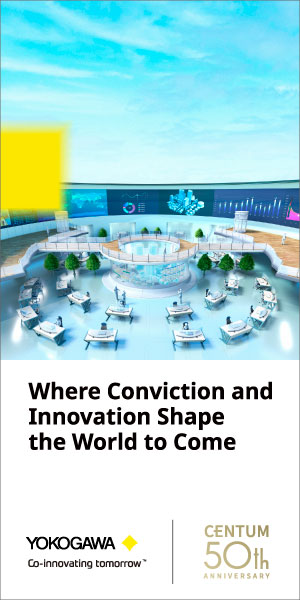Saudi Aramco has announced plans to expand its petrochemical operations to Indonesia, Vietnam and other countries.
"Our company is conducting intensive studies in this respect," said Fayez Al-Sharef, project director of the company.
New markets
In a statement after attending the Petrochem Arabia 2011 Forum in Dammam, he said Indonesia and Vietnam are new markets the oil giant wants to enter as the two countries offer good investment opportunities, especially in petrochemicals.
"We are also seeking new investment opportunities in various parts of China," the Saudi Press Agency quoted Al-Sharef as saying. Saudi Aramco already runs petrochemical projects in China.
Investments
Saudi Aramco President and CEO Khalid Al-Falih said last year that his company would invest around US$120 billion over the next 5-6 years in developing projects in the oil and petrochemical sectors.
Saudi Aramco plans to spend US$60 billion on the oil sector, while the remaining investment would be for the development of petrochemical projects and foreign investments, the CEO said.
Referring to Petro Rabigh, a joint venture with Japan's Sumitomo Chemical, Al-Sharef said investment in the project would reach nearly US$12 billion.
"We are now in the process of implementing the second phase of the project," he pointed out.
Saudi Aramco and Sumitomo started Petro Rabigh, northwest of Jeddah, in 2005 with the aim of building integrated oil refining and petrochemical operations by way of upgrading Aramco's oil refinery and constructing a new petrochemical complex.
Al-Sharef highlighted the significance of Aramco's Sadara joint venture with Dow Chemical, saying the integrated chemicals complex in Jubail Industrial City would create more than 17,000 direct and indirect jobs for Saudis.
Sadara Chemical Company will lead to one of the world's largest chemical facilities, producing more than three million metric tons of chemical products and plastics a year. It is expected to deliver annual revenues of around US$10 billion within a few years.
China
Last March, Saudi Aramco signed a memorandum of understanding to supply crude to a planned refinery in southwest China, where Beijing is building an oil and gas pipeline that slices through Myanmar.
China, the world's second largest oil consumer, is overtaking the US as Saudi Arabia's largest crude oil buyer with volumes poised to touch an average of one million barrels per day this year, or roughly one-fifth of China's total crude imports.







